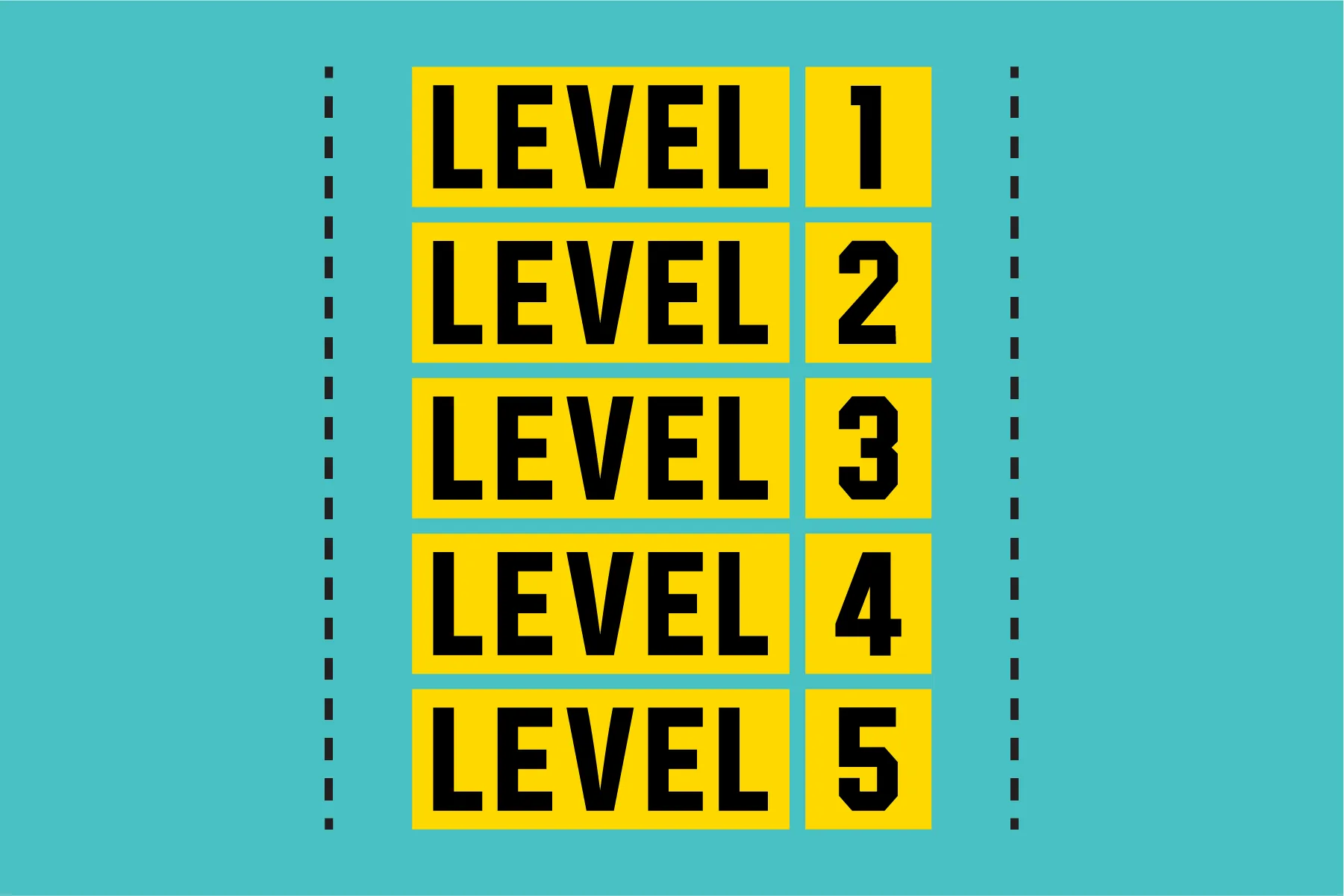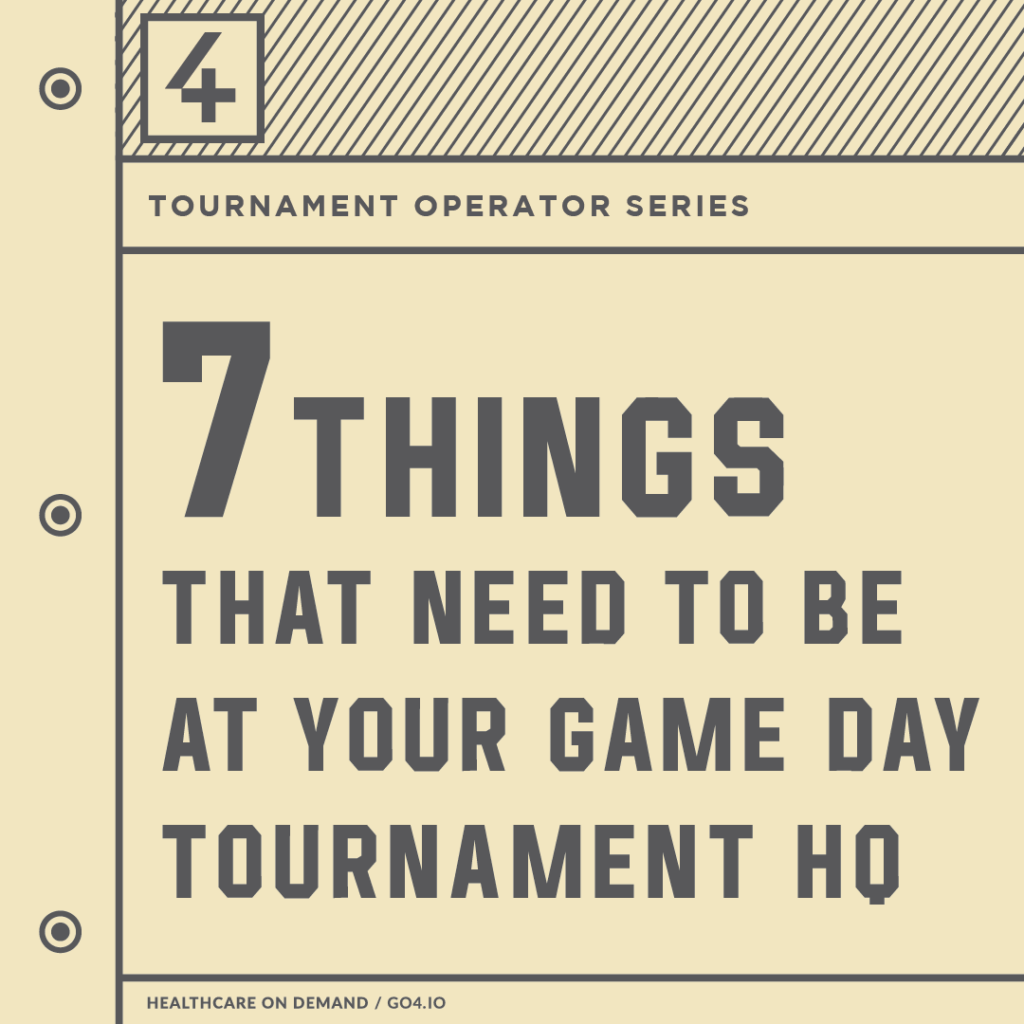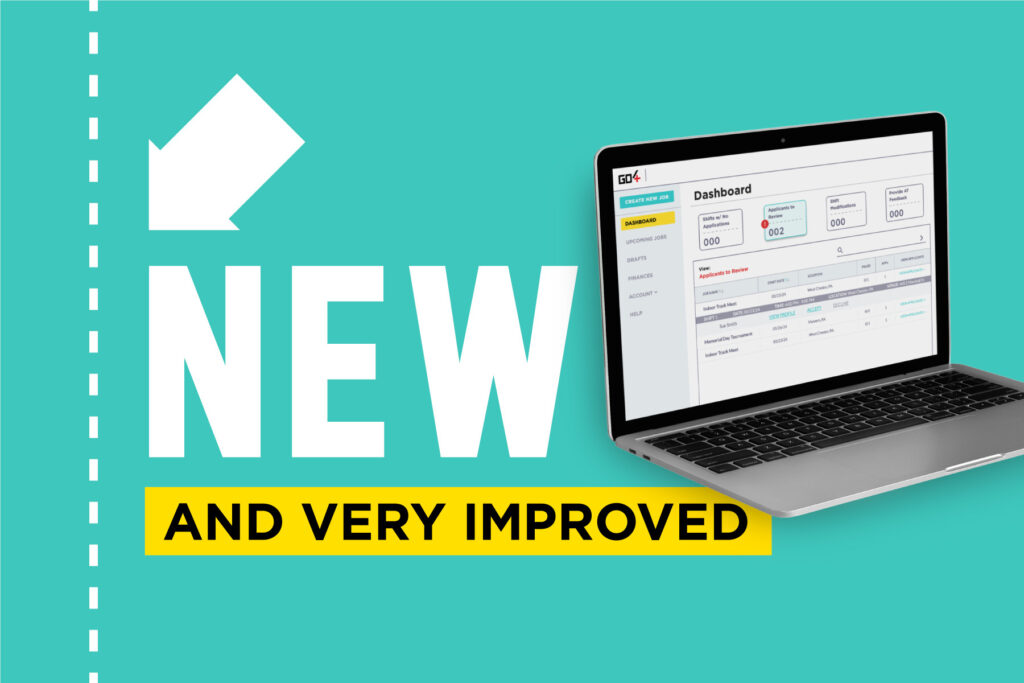Health and Wellness Hierarchy

by Susan Taah, MEng, GSP, LAT, ATC
After almost a decade in the health and wellness space, I have seen a variety of programs implemented in all sorts of ways with different levels of success. In fact, I often see programs with no rhyme or reason, clear goal, or performance objectives. And though these issues did not result in a total lack of success, there were opportunities for resources optimization and improved outcomes all over. If you manage or deliver a health & wellness program and want to know how you stack up, this article describes a straightforward health and wellness hierarchy to help you self-assess and prioritize.
Level One: Nobody Dies
This may seem obvious but too often, programs put money and effort into preventative programs and reward systems without investing in solutions for the worst-case scenario. It’s a sneaky occurrence because you likely have some form of emergency action or crisis response plan for your facility or coverage area that includes AED locations, onsite emergency contacts, flagging in EMS and so on, right? If you don’t, go set that up and finish this article later. Now, walk around your facility and take a look at your prevention programs. Heat illness prevention programs for your workers in the boiler room? Awesome. Despite your prevention efforts, let’s say a worker is found disoriented, with hot, dry skin and is becoming unresponsive. Right now, can you save their life? Do you have a mechanism to rapidly cool this individual before EMS gets flagged in, or will they possibly die? Maybe you’re on a remote construction project where workers are erecting steel 80 feet up. In the rare event that a worker suffers an emergency up there, is there a plan? Are there spaces for emergency care to safely be delivered on the upper decks? Is there a means of self-rescue and are workers trained in the use of these devices? Has the EAP been designed so that patients can make it to advanced care within the golden hour?
Recognize that by having a preventative program in place, the organization clearly recognizes a serious risk of bodily harm or death and therefore have an obligation to have an intervention ready. Hoping nothing bad happens is not good enough. You may not be able to have a helipad built on the roof of your building but making a thorough effort to ensure that workers in your program will survive serious injuries or illnesses is the foundation.
Level Two: Gold Standard Care
Occupational injuries have notoriously poor health outcomes. In the white paper – “Is Workers’ Compensation Driving an Epidemic of Healthcare Outcomes Disparity?” – which looked at spine surgery outcomes in workers’ compensation patients vs commercial health patients, Dr. Gerry Stanley and Dr. Adam Seidner noted, “the outcomes indicate that patients within the workers’ compensation system performed significantly worse, despite having fewer medical comorbidities and being a younger, healthier population at the time of their surgical intervention than their commercial counterparts.” In fact, just BEING a workman’s compensation injury is an independent factor for poor prognosis for certain musculoskeletal injuries like calcaneal fractures. Occupational injuries continue to derail careers for blue collar workers while levying a heavy financial burden on employers. There are many things that could be said about the health crisis and all the ways we’re doomed but the situation is not hopeless for occupational injuries and illnesses. At a bare minimum, care outcomes can be improved to the level of commercial health cases and by bringing in sport medicine clinicians like athletic trainers, employers can achieve the level of care that should be available to all active professionals including blue collar workers.
In fact, that’s probably the reason you’re reading this article right now. You were likely brought in to raise the standard of care and apply aspects of the athletic training and sports medicine model to improve injury outcomes and reduce costs. Develop this part of your health and wellness program as far as possible. Have a good network of local specialists, work with your organization and insurance claims team to navigate workman’s compensation roadblocks and prevent unnecessary delays. Something I often see is that cases are deserted once they are referred to a higher level of care. This is an oversight for two reasons. The first is that workers’ comp patients often face psychosocial hardships that health & wellness providers like athletic trainers are better equipped to help them navigate. Lastly, this worker is ideally eventually going to recover and return to work where they will be a part of this program again so maintaining continuity is important.
Level Three: Predict and Prevent
This is the first step in the hierarchy that makes room for proactivity. Here you are looking to recognize and track hazards, partake in predictive analysis, and address high risk work through preventative tools like ergonomics, work conditioning, job coaching, work design, and more. Many health and wellness programs will make their biggest impact here, addressing work related injuries and illnesses. Worker’s compensation is the highest expense that you can affect and as a health and wellness program manager, you likely have a lot of say over how health risks are handled in the workplace. Use this to your advantage by preventing as many injuries and illnesses as possible. Pick an approach to prediction and prevention that includes a way to recognize and categorize risks, address those risks, assess the validity of the changes made, and document outcomes in a way that others can learn from them. Recognize that this level requires a lot of continuous maintenance due to the nature of operating in these environments and have a plan to regularly check back.
Many people want to jump to this stage of the program with gaps in the prior steps. I understand because we can make a big impact here, but that is irrelevant if someone dies of a heat stroke at your facility. And maybe you’re thinking “we could prevent that heat stroke and then we won’t have to worry about it.” To that, I give you an old Boy Scouts adage, “Always Be Prepared”. By building a strong foundation before you get here, you can safely experiment knowing that key responsibilities have been taken care of.
Level Four: Healthy Humans
The core of your health and wellness program is likely your human workforce. Besides hazards present in the workplace, the workforce often brings risk factors of their own. This is the second highest employer expense you can affect. Employer health plans are a significant expense costing on average an additional 11% on top of the employee’s salary. A healthy workforce does not just mean less work-related injury claims, it can also result in lower health plan costs and premiums.
Increasing the health literacy of your population by educating them on common illnesses and injuries. Get the workforce on board with having a primary care physician relationship and knowing their health status. Then, empower workers to take continued care of themselves with basic rest, exercise, and nutrition. If you have the ability, collaborate with organizational leadership to reward good behaviors like working out or getting a wellness check up and discourage bad behaviors like smoking.
Recognize that this step takes much patience and practice and may not be possible to accomplish in totality. Be mindful of social determinants of health and the specific risks workers face for example, a robust mental health program year round to address increased suicidality for electricians.
Level Five: Peak Performance
To arrive at peak performance is to reach the mountain top of health & wellness programming. A healthy, educated workforce that is safe and in good hands does not need much. At this level, you will have a great understanding of what your workforce is capable of, their needs and gaps, along with opportunities for improvement. Now, the focus is to help workers stay motivated to achieve new levels of activity and performance while advising the organization on potential investments in worker performance. Be wary in level three of accidentally implementing programs that belong here. Many injury prevention initiatives will have performance benefits, but occasionally, employers can implement performance improvements that expose the workforce to higher injury rates instead. This stage is not for solving for the lowest common denominator or setting the bar, it’s for finding the ceiling and moving the needle.
This model is not all inclusive and there are different ways to look at health & wellness program development, but let this hierarchy give you a quick tool to track where you’re going next. If you are responsible for a health and wellness program, maybe you are surprised that you have more levels to aspire to than you would have thought or you recognized some key gaps in your current program as is. These days, there are more opportunities and options than ever before which is why having a game plan can help you commit to solutions that help you elevate your workforce and accomplish goals in the organization.
Other articles you might like

Tournament Operator Series: 7 Things That Should Be at HQ
The Go4 platform is focused on connecting organizations with athletic trainers and insights to help those organizations operate at a higher level. We’re sharing the accumulated knowledge of veteran tournament operators, coaches and club managers. Check out the list of 7 Things That Need to be at Your Tournament…

Go4’s Upgraded Platform
Go4’s Upgraded Platform Launches At Go4.io, we’re always striving to enhance our platform to better serve the athletic training community. We’re thrilled to announce that this version 3.0 of the Go4 platform is live, packed with new features and improvements designed to revolutionize the way organizations hire athletic trainers…

Why Go4 doesn’t set a minimum rate.
As the largest job board in the country for athletic trainers, Go4.io is not just a marketplace; it’s a movement. A movement towards better opportunities, fairer wages, and greater control over one’s professional journey. And that’s why Go4 doesn’t set a minimum rate. 1. The Power of the Marketplace At Go4,…